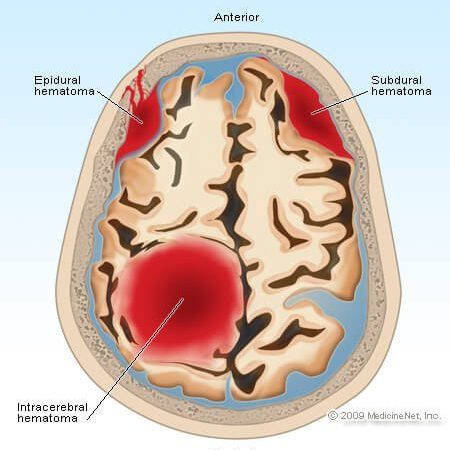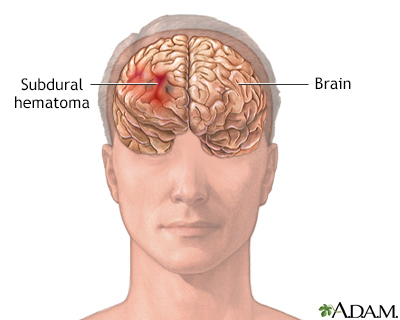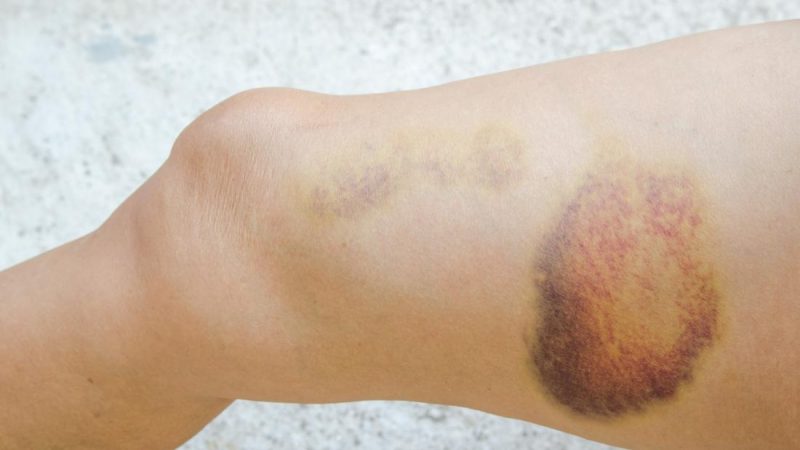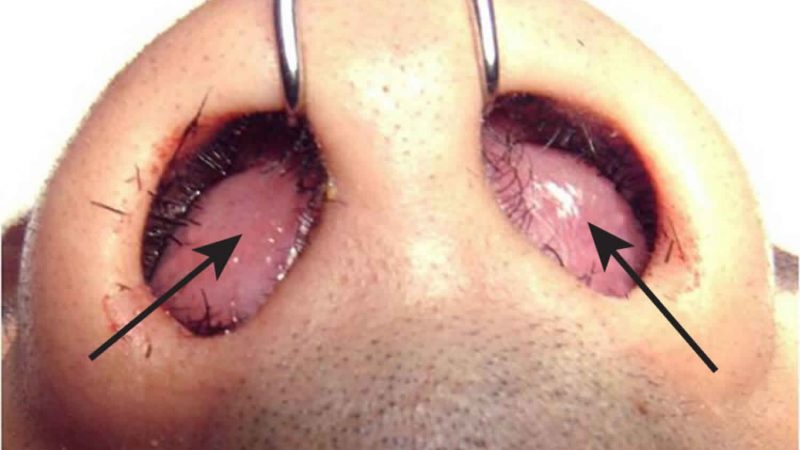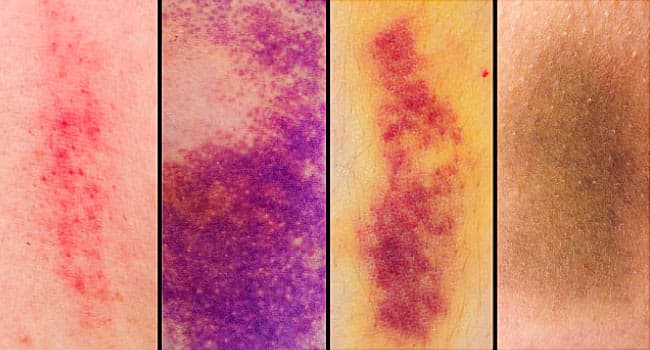Scoliosis Affects Rib cage, Lung Function & Shortness of Breath
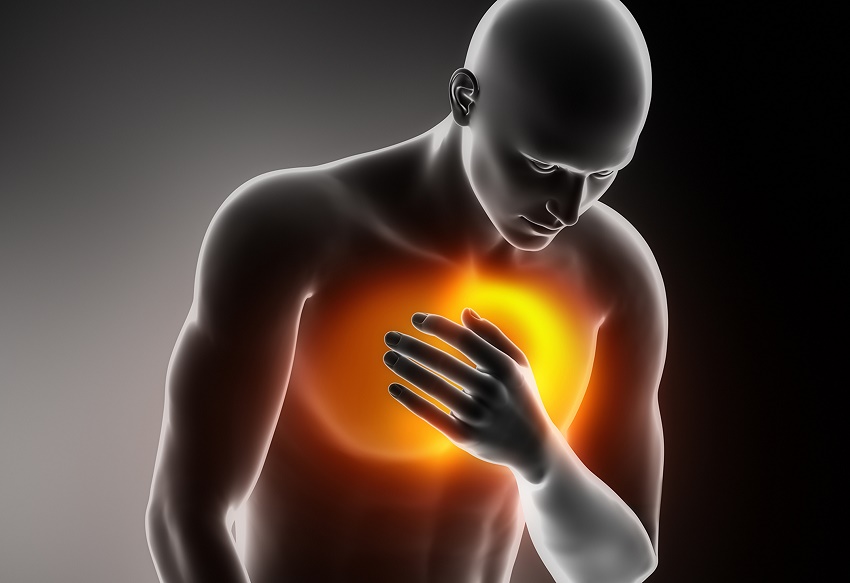
The most perceptible “manifestation” of scoliosis is the arch rib cage of the spine. Notwithstanding, the entire body should be viewed as while treating the scoliosis condition. Truth be told, scoliosis influences a few pieces of the body including the ribs, lungs, and causes windedness.
How does scoliosis influence portions of the body?
“Scoliosis will pulverize her lungs!” is the incredible dread of each mother of a kid with scoliosis as they gaze at a x-beam with the spinal shape encroaching into what have all the earmarks of being the patient’s lung fields.
Grown-up patients dread this for themselves, too.
The worry is surely veritable and genuine, yet is it deductively exact? We desire to explain reality behind this squeezing question, just as investigate other potential reasons for extreme windedness if you or your kid have scoliosis. Get tips on Scoliosis Management sent straightforwardly to your email.
Current Review of Literature on Shortness of Breath Due to Scoliosis
Likewise with many conditions, the logical investigation of any one specific part of a given condition can and do change enormously; notwithstanding, established researchers by and large acknowledges scoliosis can cause distinguishable windedness in spinal arches arriving at 50+ degrees and huge lung limitation in patients with bends more noteworthy than 90 degrees.
Dr. Daniel G. Gelb, of the University of Maryland states, “Extreme scoliosis can cause lung limitation. In any case, no (clinically) critical diminishing in lung work is seen except if the bend arrives at 80-90 degrees. It is extremely surprising for a young adult bend to arrive at this greatness. Scoliosis doesn’t influence different organs like the heart, liver, or digestion tracts.”
I understand a large number of you perusing this article are left reasoning, “How can I say whether scoliosis is influencing my lungs?” Please remember, Cobb point estimations are just one little piece of assessing the scoliosis condition; there are numerous other potential clarifications for breathing issues with scoliosis past the spinal ebb and flow seen on x-beam.
Truth be told, new examination features hereditary testing to additionally comprehend the hidden elements that might add to you or your kid’s scoliosis condition. At the point when explicit hereditary inclinations are found, the right equilibrium of supplement treatments can calm agony and end bend movement.
Extra Things to Consider If You Have a Hard Time Breathing With Scoliosis
Comorbidities: Comorbidities are different medical conditions that add to the patient’s particular indication or grumbling. More than 1 out of 12 individuals have asthma as per the American Lung Association that prompts persistent breathing issues. Adulthood asthma joined with a degenerative moderate-to-extreme scoliosis may slowly make a physical and persistent obstructive aspiratory sickness process, prompting critical breathing issues.
HNMT Genomic Variants
The Histamine N-Methyltransferace genomic useful gathering is generally found in patients with idiopathic scoliosis. This quality codes for proteins that separate and lessen histamine. Without sufficient levels of this compound, histamine levels might develop over the long run and start to affect breathing like ongoing sensitivities. It is entirely conceivable many individuals with scoliosis and breathing hardships could experience the ill effects of this undetected genomic variation practical gathering that could undoubtedly be settled with a characteristic supplement intercession called “HistaHelper”.
Biomechanical Rib Cage Dysfunction
Clearly, the bowing and contorting of the spine in patients with scoliosis will negatively affect the typical biomechanic, just as the rib cage confine that is joined to the spine. Most patients allude to this as their rib cage mound, or “knock,” and it is in some cases went with rib cage torment.
The wellspring of the rib cage torment is frequently solid, yet stuck joints, and surprisingly entangled capsular tendons, can make genuine and critical inconvenience. While breathing in, the rib cage confine extends up and out to bring down strain in the lungs and permit air to stream into the chest depression. Limitation from stuck joints, or agony identified with muscle fits, may keep the rib confine from completely growing and hence decline the patient’s capacity to inhale ordinarily.
There is one review distributed in the Scientific Journal Chest in 2001 that assessed the impact of spinal control treatment, foothold, and active recuperation — strategies which are additionally utilized as a component of the ScoliSMART approach — on a moderately aged female with idiopathic scoliosis. It found there was a 7.5-cm gain in chest development throughout treatment. This could be viewed as distributed verification that these techniques can decidedly impact chest extension.
Past History of Bracing for Scoliosis
Dr. Cerebrum T. Dovorany, one of the master specialists with ScoliSMART states that, “Different investigations have affirmed the adverse consequence unbending supports have on lung work, as they seriously limit the midsection and chest divider. Studies performed by the Laboratory of Clinical Physiology, Ullevål Hospital, Sophies Minde Orthopedic Hospital, Oslo, Norway including the utilization of the Boston Brace (TLSO) showed a huge diminishing in pneumonic capacity both very still and during exercise while wearing the Boston Brace (Note: The most normally endorsed support in the United States [view most normal sorts of bracing]).”
He proceeds, “The examinations that were performed on kids wearing the Boston Brace exhibited a 30% reduction in VC (imperative limit) and a 45% abatement in ERV (expiratory save volume), a similar sort of diminishing found in long haul smokers. Manifestations identified with respiratory misery might incorporate cerebral pains, uneasiness, rest aggravation, bad dreams, and intellectual brokenness.
Most examinations demonstrated that the breathing and aspiratory testing got back to typical once the support was taken out, yet you need to think about what kind of cell harm or obscure underlying changes might have happened because of wearing a support 23 hours every day over a time of years during seasons of pinnacle development.”
At the point when Scoliosis Breathing Problems Become Deadly
Cor Pulmonale: Cor Pulmonale is aspiratory hypertension identified with the basic lung issue, in which the right ventricle of the heart becomes developed and thickened, in the end bringing about cardiovascular breakdown.
The lungs are not completely evolved in people until about age 5, so if the patient creates serious scoliosis preceding full lung advancement, they could foster Cor Pulmonale. Patients who foster serious scoliosis after the lungs are completely grown (around age 5) are not in danger of creating Cor Pulmonale.
Cor Pulmonale is possibly deadly when the patient arrives at their young years if it goes undiscovered or potentially untreated. Manifestations of Cor Pulmonale incorporate windedness, sleepiness, dizziness, and expanded pulse (in any event, during rest).
Does Scoliosis Fusion Surgery Improve Breathing?
A genuinely broad measure of time, cash, and exertion has gone into researching the impacts of scoliosis combination a medical procedure on pneumonic capacity. Similarly as with any experimentally concentrated on theme, results and ends will change, yet it is by and large acknowledged that careful intercession won’t further develop breathing or pneumonic capacity except if the patient had exceptionally low capacity before the medical procedure.
Truth be told, for all intents and purposes every one of the investigations observed aspiratory work really diminished following scoliosis combination medical procedure for a time of anyplace between 2 months to 2 years prior to getting back to pre-usable levels.
These discoveries raise doubt about the clinical need of suggesting careful intercession for scoliosis under 80 degrees in case the patient’s aspiratory work isn’t essentially hindered by the condition, nor fundamentally improved from the system. Indeed, a gathering of muscular specialists explored this very inquiry and distributed their discoveries (beneath).
In the first place, the need of rectifying AIS with costly embeds ought to be reexamined. Though a conventional idea is that bend movement adversely affects the youthful with AIS, the regular history of AIS is more hopeful than envisioned. In light of a normal of 50 years of follow-up of 117 untreated patients with AIS, Weinstein et al showed the useful and wellbeing regular history of AIS essentially. Regardless of whether a bend advanced to some basic degree, the deformation didn’t influence the day to day existence and government assistance of these patients.
Reliable with that line of proof, Yaszay et al noticed that main serious thoracic bend >80° influences aspiratory work, with thoracic kyphosis as an indicator. Additionally, a cross-sectional accomplice (ScoliGeneS) study from Sweden noticed that grown-ups with idiopathic scoliosis have comparative actual work levels contrasted and solid control patients. Strikingly, grown-ups who are dealt with precisely have marginally lower active work levels than patients who are not treated.
Second, the antagonistic impacts of careful treatment with spinal inserts ought to be thought of. There are not just unfriendly occasions intraoperatively, like the requirement for blood bonding or enormous dying, yet in addition significant wellbeing impacts, including radiation openness from rehashed entire spine radiographs and expanded malignancy hazard and mortality. Additionally, the deep rooted safeguarding of metal inserts triggers both neighborhood and foundational responses, with expanded metal irons in serum and hair. All in all, we recommend that careful treatment for AIS be rethought for the government assistance of youths rather than wholesalers.
What We Know About Shortness of Breath, Breathing, Pulmonary Function, and rib cage Pain as It Relates to Scoliosis
- Exceptionally extreme scoliosis can cause huge lung limitation in bends more than 80 degrees.
- Scoliosis patients encountering breathing hardships with ebbs and flows under 80 degrees ought to think about other potential foundations for their manifestations.
- Rib and chest torment identified with scoliosis and breathing troubles might come from biomechanical rib cage confine brokenness, making limitation chest divider development. Exploration demonstrates this might react well to a scoliosis-explicit restoration program that incorporates spinal control.
- Patients with serious scoliosis preceding the age of 5 years of age are in danger of creating Cor Pulmonale, which can be lethal in later years without treatment.
- Scoliosis combination medical procedure doesn’t work on pneumonic capacity or taking in patients with extreme scoliosis except if the patient had essentially diminished lung volume preceding the medical procedure. As a rule, careful intercession further diminished lung work for a time of 2 months to 2 years prior to getting back to pre-careful levels.
- The clinical need for combination medical procedure for scoliosis has not been set up, and these discoveries raise doubt about the current careful edge (50 degrees). Distributed writing proposes expanding the careful edge to 80 degrees and higher if the objective of medical procedure is to improve or keep up with critical aspiratory work in patients with extreme scoliosis.
Treatment Solutions for All Ages
With the right mix of treatments, youngsters and grown-ups with scoliosis can accomplish slow agony decrease, further developed capacity, and surprisingly potential bend decrease.
